For the industrial raw material group, at the end of the trading week, green covered most of the industrial raw material market. In particular, many items increased sharply in price. In the coffee market, the two items Arabica and Robusta had an impressive week of increase. At the end of the session, the price of Arabica coffee increased by 7.31% to 8,815 USD/ton; meanwhile, the price of Robusta coffee increased by 2.62% to 5,415 USD/ton. During the trading session on Friday (April 25), the prices of the two coffee items fluctuated strongly, with Arabica ending up climbing to its highest level in 7 weeks.
According to MXV, concerns about tariff measures continued to dominate coffee prices last week. The National Coffee Association (NCA) has proactively petitioned the US government to exempt imported coffee from tariffs, in order to protect the coffee industry from the risk of new tariffs. According to Reuters, the NCA's tax exemption request has received a positive response from the US government , however, the final result and the time of the decision have not been clearly determined.
According to ICE data, the total number of Arabica coffee futures contracts ending on April 22 decreased by another 2.5% compared to April 15, with 146,006 contracts remaining. Meanwhile, the COT Arabica index released on the same day showed that the net position of hedge funds in the market increased again by 4.8%, reaching more than 36,920 lots, showing that this group is maintaining a dominant long position compared to short position.
Regarding the supply situation, according to the latest report from Hedgepoint Global Markets, Brazil's coffee production in the 2025-2026 crop year is forecast to reach around 63.8 million bags (60kg), of which Arabica coffee is estimated at 40.8 million bags, while Conilon Robusta coffee is expected to reach around 23 million bags. This forecast is 0.46% lower than the estimate in January and is in line with the average forecast for Brazil's coffee production in the next crop year. The Conilon harvest in Brazil has already begun, while the Arabica crop is expected to take place in the middle of the year.
Source: MXV
Regarding Arabica coffee inventories, data from the ICE exchange as of April 25 recorded a total inventory of about 822,020 bags, up 0.75% from the previous day and up 3.32% from the previous week. Of which, inventories in Europe accounted for the majority with more than 757,500 bags (equivalent to 92.15% of total inventories), while in the US it was about 64,500 bags. Notably, more than 470,490 bags (57.2%) of the total coffee registered for storage in warehouses were certified as Brazilian Arabica coffee. In addition, the amount of coffee awaiting classification on April 25 was 66,566 bags.
In the domestic market, the price of green coffee beans recorded in the Central Highlands on April 28 was around 130,000 - 130,700 VND/kg. Specifically, the price of coffee on April 28 in Dak Lak fluctuated between 130,600 - 130,700 VND/kg, in Lam Dong it was 130,000 VND/kg, in Gia Lai it was 130,400 - 130,500 VND/kg and in Dak Nong it was 130,600 VND/kg.
In the energy market, according to MXV, world oil prices returned to a downward trend last week, despite the prospect of new trade agreements between major economies showing more positive signs. At the end of the week, Brent oil prices fell 1.6% to 66.87 USD/barrel, while WTI oil fell 1.55% to 63.02 USD/barrel. According to MXV, concerns about future oversupply were the main factor putting pressure on oil prices last week.
The first trading session of the week saw a sharp drop of about 2.5% in both types of oil, as the impact of complicated developments in the second round of negotiations between the US and Iran in Italy had a strong impact on prices. Although positive responses from the previous round of negotiations in Oman opened up the possibility of Iranian crude oil returning to the market, the US Treasury Department immediately imposed new sanctions targeting the Iranian energy sector, causing oil prices to immediately reverse and increase by about 1.8-1.9% in the session on April 22.
Iran’s Foreign Minister has criticized these sanctions, showing that the US-Iran relationship is still tense and unpredictable, thereby reducing the positive impact of the negotiations on oil prices. In addition, according to experts from Onyx Capital, the sharp decline in the first session of the week could also be due to low liquidity after the Easter holiday, causing the market to react strongly to any information.
In fact, the market focus last week was on information surrounding the Organization of the Petroleum Exporting Countries and its allies including Russia (OPEC+), when some members proposed to accelerate plans to increase oil production in June 2025. Previously, OPEC+ unexpectedly increased production in May, from the initial plan of 135,000 barrels/day to 411,000 barrels/day, nearly three times the original plan.
With OPEC+ boosting production by 138,000 barrels per day in April, proposals to increase production further in June have raised concerns about a global oil glut. In fact, some member countries such as Iraq and Kazakhstan have consistently exceeded their allocated production quotas despite commitments to cut. Iraq maintained its exports in April, while Kazakhstan only reduced its output by 3% but still exceeded its quota by 129,000 barrels per day.
Concerns about oversupply have been heightened as some OPEC+ members such as Iraq and Kazakhstan have been producing above their allocated quotas. Iraq, despite pledging to cut 50,000 barrels per day, still saw its exports rise in April. Kazakhstan, meanwhile, has cut its output by about 3% but still exceeded its quota by 129,000 barrels per day. Kazakhstan’s energy minister has stressed that his country’s interests are in the best interest of maintaining output at large projects operated by foreign companies, rather than complying with OPEC+’s cuts.
Source: https://baodaknong.vn/thi-truong-hang-hoa-28-4-thi-truong-hang-hoa-don-nhan-luc-mua-manh-250854.html


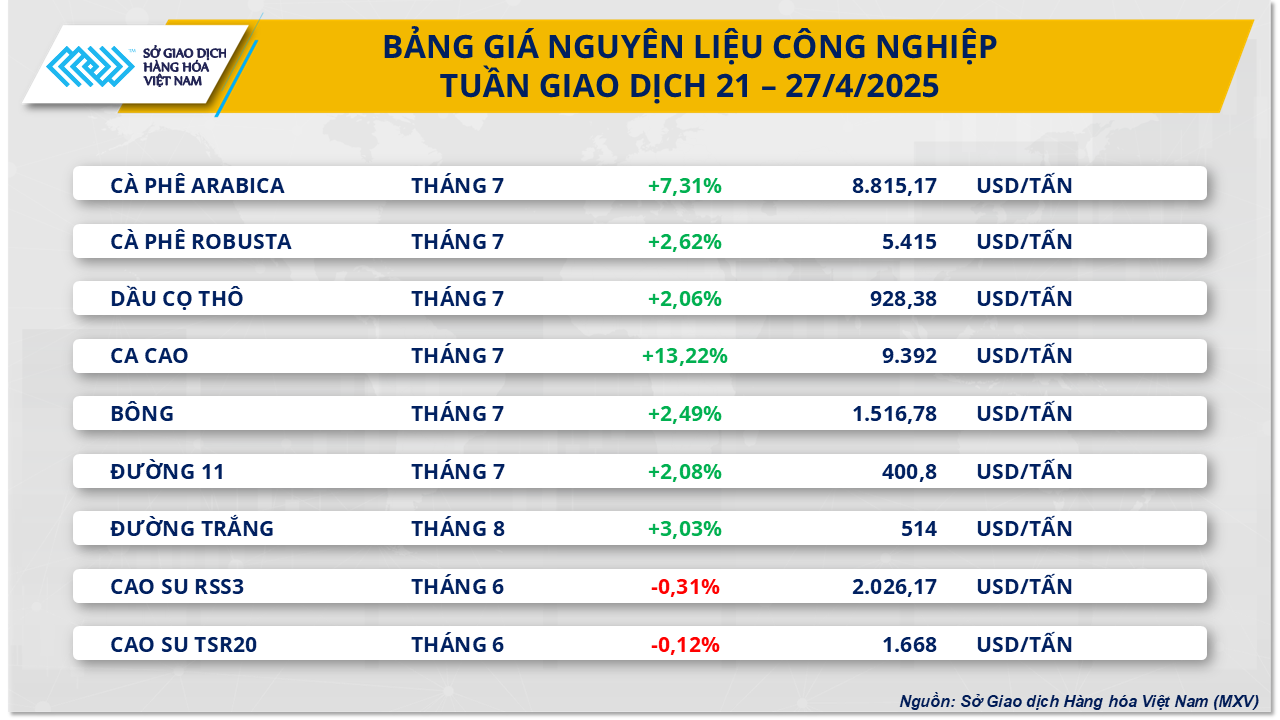
![[Photo] Scientific workshop "Building a socialist model associated with socialist people in Hai Phong city in the period of 2025-2030 and the following years"](https://vphoto.vietnam.vn/thumb/1200x675/vietnam/resource/IMAGE/2025/5/21/5098e06c813243b1bf5670f9dc20ad0a)

![[Photo] Coming to Son La, let's "show off" with the Wallflowers](https://vphoto.vietnam.vn/thumb/1200x675/vietnam/resource/IMAGE/2025/5/21/627a654c41fc4e1a95f3e1c353d0426d)
![[Photo] Prime Minister Pham Minh Chinh receives the President of Asia-Pacific region of PowerChina Group](https://vphoto.vietnam.vn/thumb/1200x675/vietnam/resource/IMAGE/2025/5/21/0f4f3c2f997b4fdaa44b60aaac103d91)

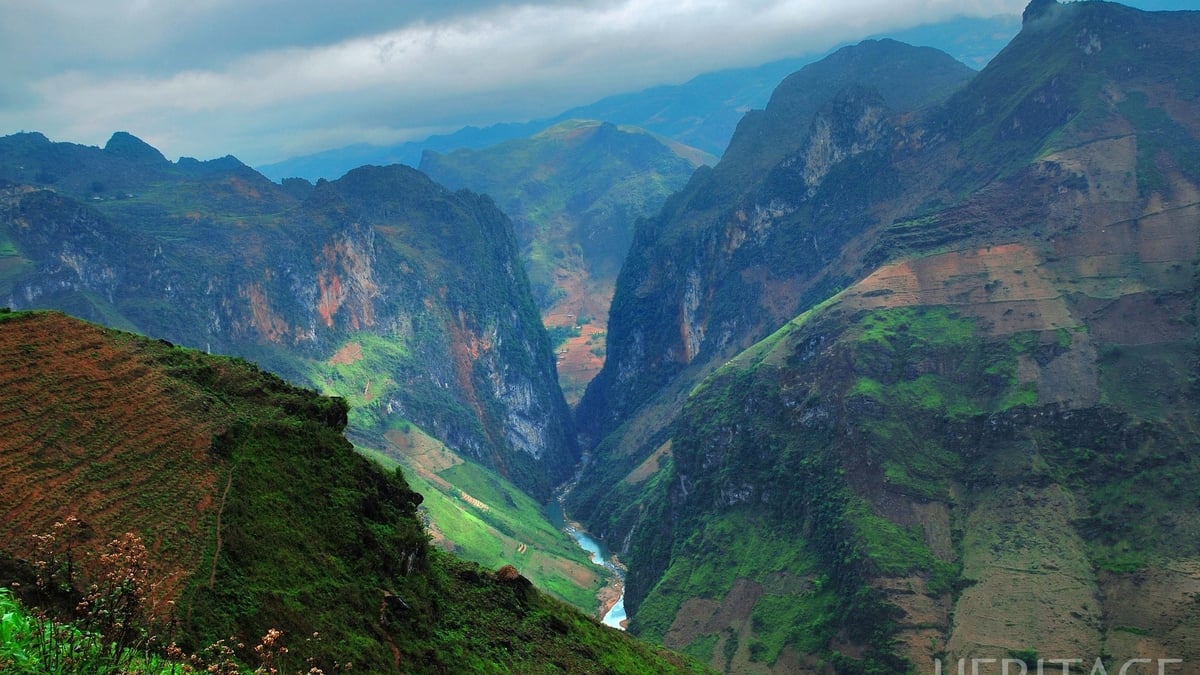
















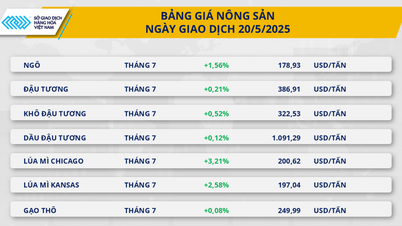


































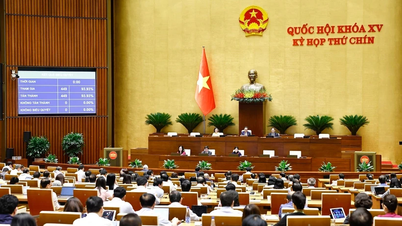

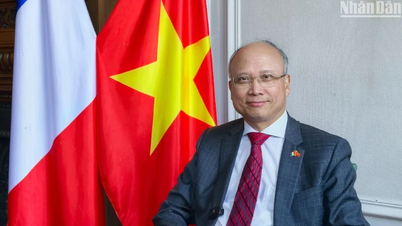




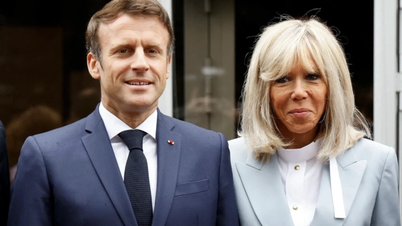



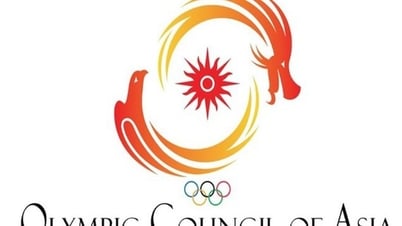



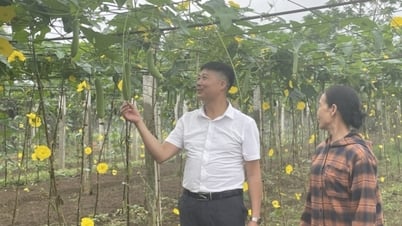

















Comment (0)